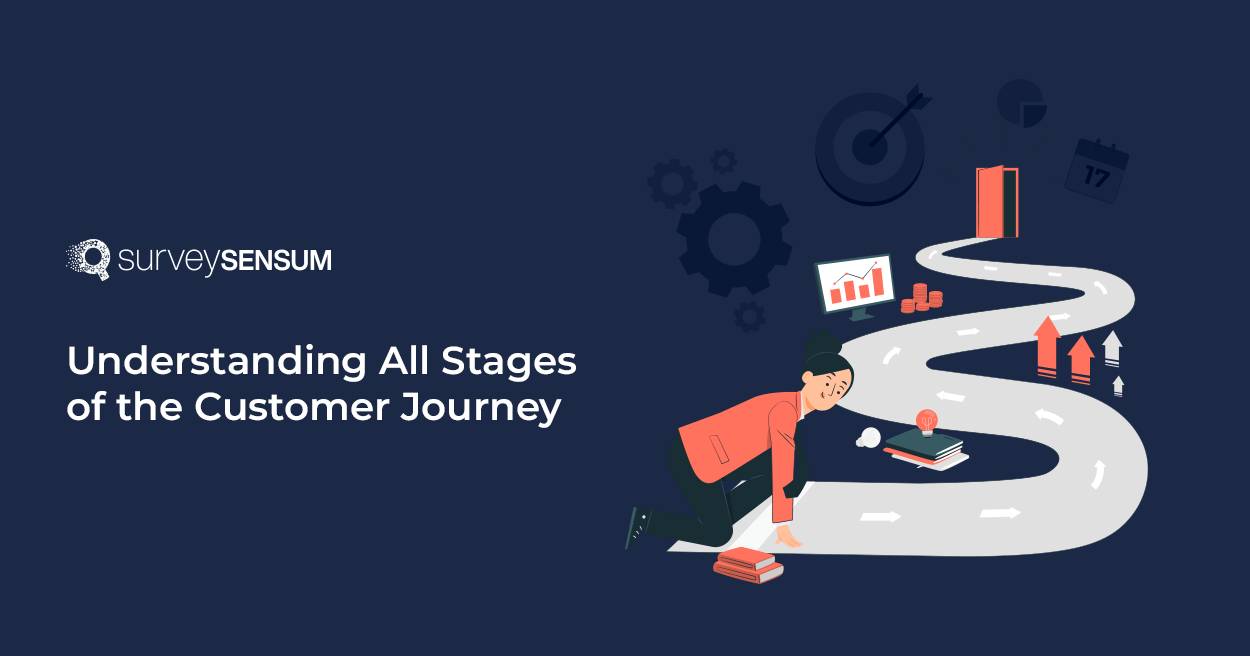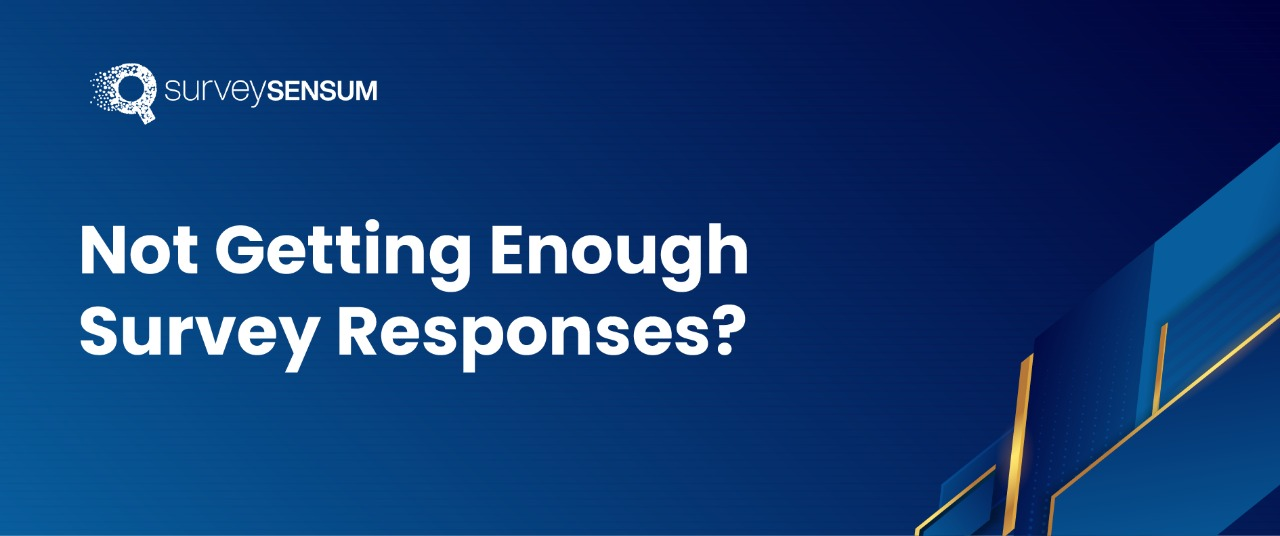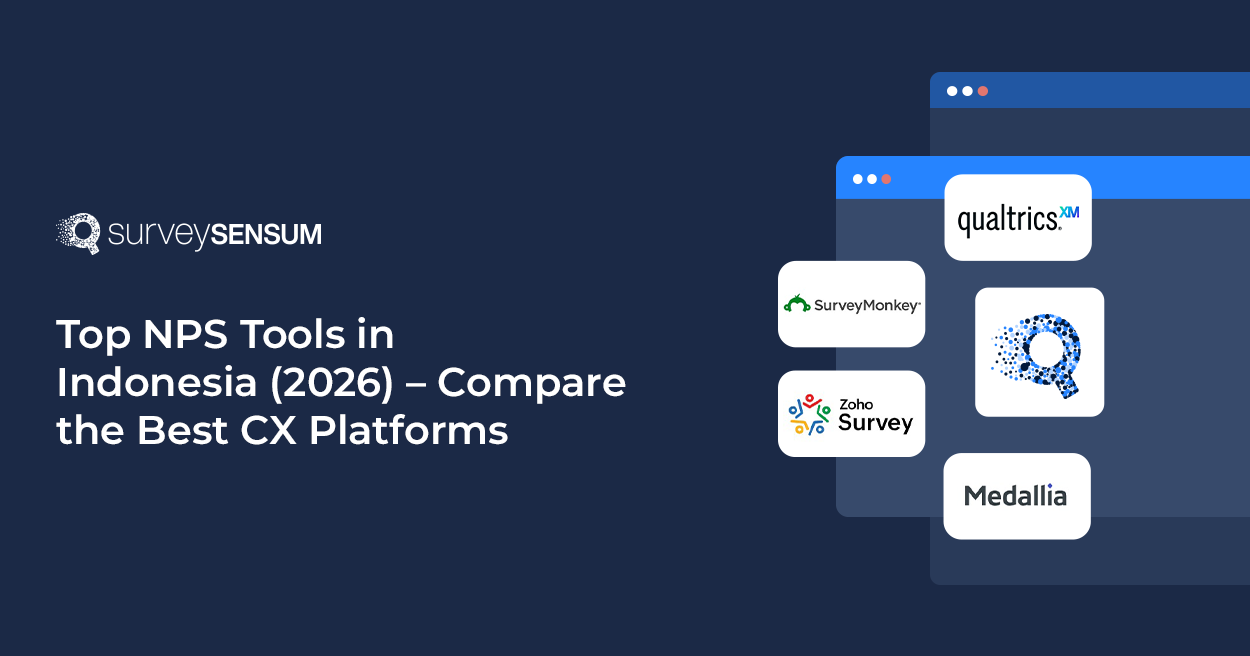

So, my friend Claire is a fitness freak. Recently, she stumbled across a website offering a revolutionary fitness gadget. Intrigued, she navigated the website and product and finally placed the order. When the package arrived, she found some glitches and contacted customer support for assistance. The responsiveness and effectiveness of the support team in resolving her issue became a pivotal moment in Claire’s customer journey. Her frustration turned into joy once again!
Claire’s story encapsulates the essence of a customer journey. Understanding these journeys is not just about mapping out the steps a customer takes – it’s about delving into the emotions, expectations, and challenges they face along the way.
What is a Customer Journey?
The customer journey is dynamic and multifaceted, encompassing stages from awareness and consideration to purchase and post-purchase engagement. Each of the customer journey stages allows businesses to craft tailored experiences, ensuring that the customer feels seen, heard, and valued.
So let’s deep dive into different stages of the customer journey. From the initial interaction to the post-purchase engagement, we will understand each phase, uncovering the touchpoints that shape the customer journey. In sectors like insurance, carefully guiding clients through the insurance customer journey can significantly boost retention rates and customer loyalty. Through insightful analysis, practical tips, and real-world examples, we aim to equip businesses with the knowledge needed to navigate and enhance their customers’ journey, leveraging the power of a robust customer feedback tool.
Let’s get started with the first of five stages of the customer journey – Awareness!
Decoding the Customer Journey Stages
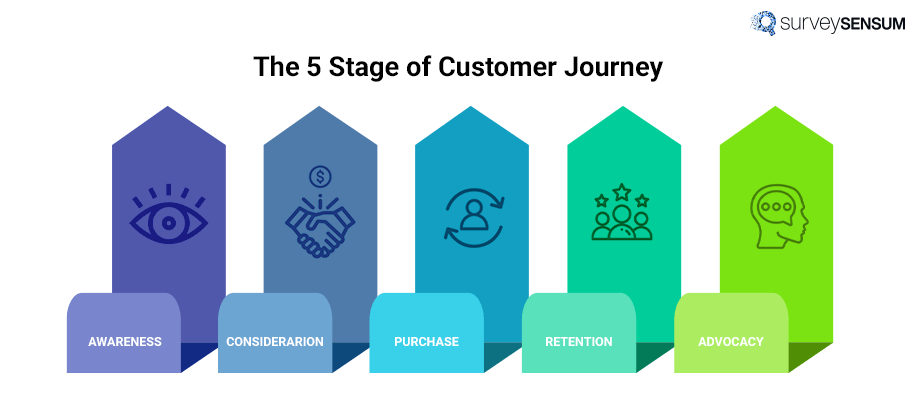
1. The Foundation: Awareness Stage
The awareness stage serves as the foundation, marking the initial encounter between a potential customer and your brand. Understanding how customers become aware of your brand, products, and services is crucial for laying a solid groundwork for their journey.
So, what strategies do you need to use at this stage? Let’s see.
- Crafting Compelling Content: Strategic marketing campaigns play a pivotal role in capturing the attention of your target audience.
- Develop content that directly addresses your target audience’s pain points, preferences, and needs.
- Utilize storytelling to create an emotional connection with your audience.
- Maintain consistency in brand messaging across all platforms.
- Establishing a Strong Online Presence: In the digital age, an impactful online presence is indispensable.
- Ensure your website is not just a virtual storefront but a compelling experience that reflects your brand’s essence.
- Leverage SEO to enhance online visibility and regularly update content to stay relevant in search rankings.
- Ensuring a Positive Industry Reputation: Word of mouth travels fast, especially in the digital landscape.
-
- Encourage satisfied customers to leave positive reviews on platforms like Google, Yelp, etc, or industry-specific review sites like G2 for SaaS products.
- Address negative customer feedback promptly and professionally.
Scenario: Emily, a fitness enthusiast, stumbles upon an online advertisement for a new fitness app while browsing social media. Intrigued by the promise of personalized workouts and nutrition plans, she clicks on the ad to learn more.
Key Touchpoints:
- Social media ad showcasing the app’s features.
- Landing page with engaging content and a call-to-action to sign up for a free trial.
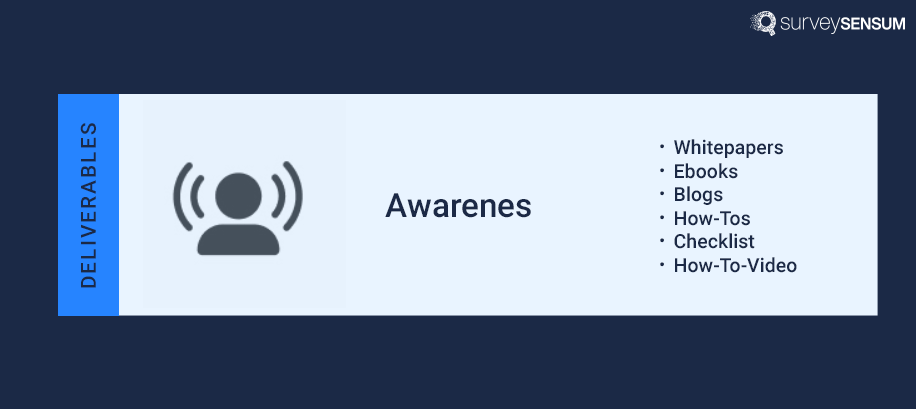
2. Exploring Options: Consideration Stage
As customers progress through the different stages of the customer journey, the consideration stage emerges as a critical phase where they actively evaluate and compare various brands. This stage is characterized by a thorough exploration of options, making it imperative for businesses to strategically guide customers toward choosing their brand. To gain actionable insights during this stage, leveraging customer journey analytics tools can track how prospects interact with your brand across touchpoints, helping you identify bottlenecks, optimize engagement, and tailor messaging to influence purchase decisions effectively.
So, what strategies do you need to use at this stage? Let’s see.
- Creating Decision-Centric Content: Develop comprehensive guides comparing your products with competitors.
- Develop content like how-to videos, tutorials, guides, etc that help customers in their decision-making process.
- Address common concerns and provide solutions through blog posts, FAQs, and webinars.
- Educational Resources: Provides webinars, case studies, and tutorials to help customers deepen their understanding of your product.
- Produce informative resources, such as how-to guides, e-books, blog posts, and tutorials.
- Offer webinars or workshops to deepen their understanding and facilitate decision-making.
- Seamless Transition: Ensure that the onboarding process is easy and seamless for your customers.
- Implement strategies for effective conversion, such as personalized offers or discounts.
- Ensure a smooth onboarding to the next stage by providing clear calls to action.
Scenario: Impressed by the app’s features and positive user reviews, Emily decides to explore further. She compares it with other fitness apps, looks for testimonials, and reads blog posts on the app’s website.
Key Touchpoints:
- In-depth app features and benefits are explained on the website.
- User testimonials and success stories.
- Blog posts on fitness tips and the app’s unique approach.
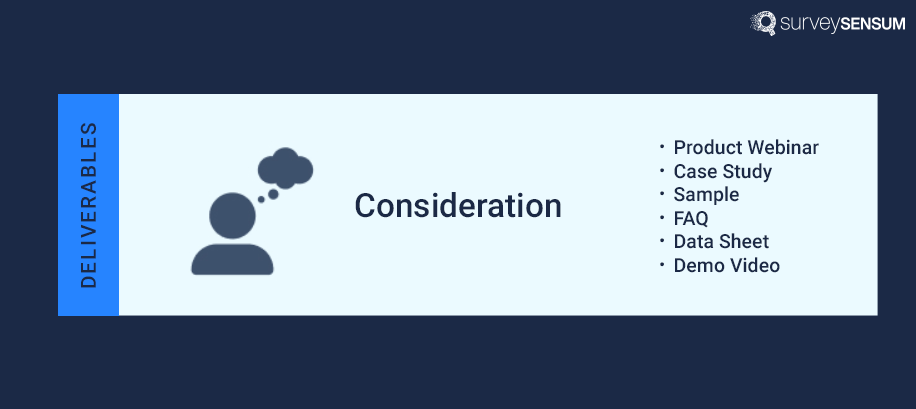
3. Decision-Making: Decision Stage
The decision stage is the most important stage of the customer journey, where potential buyers might or might not transform into your customers. Understanding the factors that influence purchasing decisions at this critical point is essential for businesses looking to optimize the conversion process.
So, what strategies do you need to use at this stage? Let’s see.
- Streamline the checkout process: A lengthy and complicated checkout process can lead to customer frustration and abandonment so minimizing the number of steps ensures a swift and efficient experience. Also, offer a guest checkout option that allows for a quicker and hassle-free transaction.
- Transparency is the key: One of the common reasons for cart abandonment is unexpected costs during the checkout process. So, display the total cost upfront, including taxes and shipping as it promotes transparency and builds trust with customers.
- Multiple payment options: Another common frustration at this stage is payment. So, integrate popular digital wallets such as PayPal, Apple Pay, or Google Pay so that your customers will have convenient and secure payment alternatives.
- Address price concerns: Customers are more likely to proceed with the purchase if they perceive they are getting value for their money. So, ensure that your pricing is competitive within your industry and communicate the unique value propositions and benefits of your product or service.
- Minimize risk perception: Ensure your customers that the risk of doing business with you is negative. Communicate transparent and straightforward returns management policies, offer warranties on products, and implement robust security measures for online transactions to help build trust.
- Reduce shipping pain points: If feasible, consider offering free shipping or clearly communicate shipping costs early in the process. Customers often appreciate transparent pricing.
Scenario: Convinced that this app aligns with her fitness goals, Emily decides to subscribe. She navigates to the pricing page, reviews available subscription plans, and compares them to choose the one that best suits her needs.
Key Touchpoints:
- Clear and transparent pricing page.
- Options for different subscription plans with varying durations.
- A seamless and user-friendly checkout process.
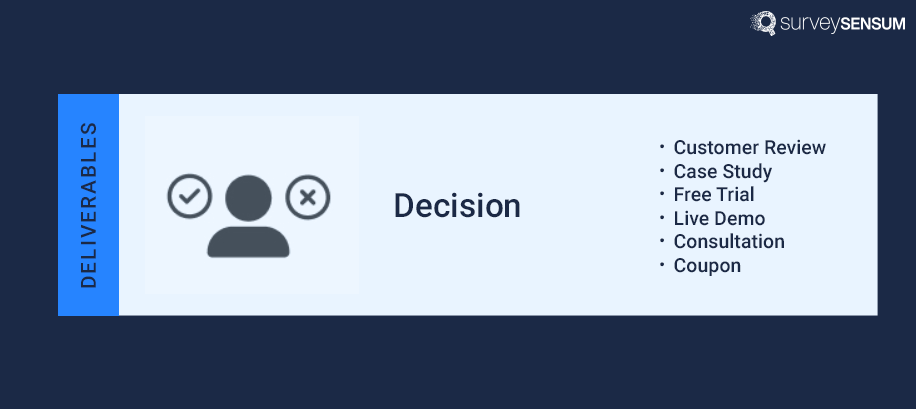
Launch Surveys to Leverage Customer Feedback to Improve your Customer Journey
4. Beyond the Sale: Post-Purchase/Retention Stage
The post-purchase or customer retention stage is where businesses can solidify their relationship with customers, transforming one-time buyers into loyal advocates. This stage is crucial for fostering customer loyalty, increasing customer lifetime value, and creating a community of loyal customers. This stage is all about creating personalized communications and experiences with customers based on their preferences, purchase history, and behaviors.
So, what strategies do you need to use at this stage? Let’s see.
- Exceptional customer service: Ensure an efficient process where you initiate a prompt response, resolve customer concerns effectively, exceed customer expectations, and create memorable experiences.
- Reward repeat purchases: Implement a tiered loyalty program with points, personalized discounts, and exclusive benefits as customers move up the tiers.
- Exclusive experiences: Host exclusive events or webinars, give early access to sales, and offer personalized consultations for loyal customers, providing them with a sense of exclusivity.
- Create a dedicated space: Establish online forums, groups, or social media communities centered around shared interests or product use.
- Make it personal: Encourage customers to create profiles, use personalized greetings, human interaction, and recognition of contributions.
Scenario: After subscribing, Emily starts using the app regularly. She receives a personalized welcome email with tips on getting started and setting fitness goals. Over the next few weeks, the app sends her motivational messages, workout reminders, and nutrition tips.
Key Touchpoints:
- Personalized welcome email.
- In-app notifications for workout reminders.
- Periodic emails with fitness tips and success stories.
- Access to exclusive content for subscribers.
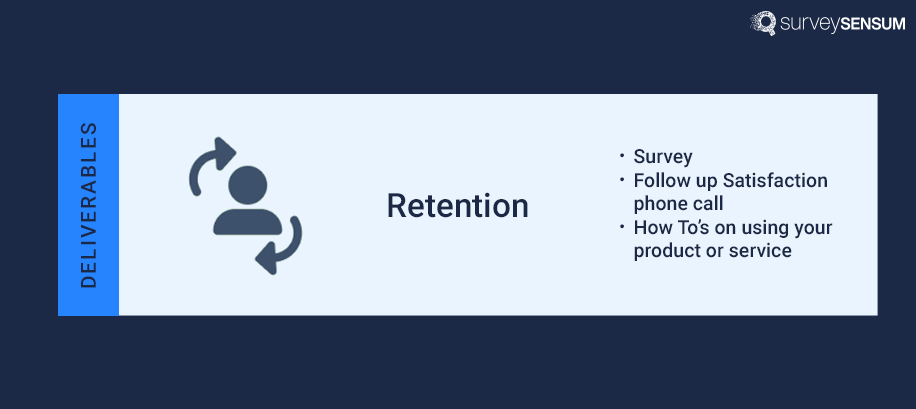
5. Advocacy and Referrals: Advocacy Stage
The advocacy stage represents the pinnacle of customer loyalty, where satisfied customers not only become loyal customers but willingly share their positive experiences with others and become brand advocates. This stage is a testament to the success of your customer-centric approach and the creation of a community of loyal customers.
So, what strategies do you need to use at this stage? Let’s see.
- Recognize and Reward Contributions: Regularly showcase and celebrate the accomplishments of your advocates by highlighting their achievements, giving public shoutouts, and offering exclusive discounts.
- Facilitate Peer-to-Peer Engagement: Establish dedicated online spaces and organize peer mentorship programs where your brand advocates can connect, share experiences, and collaborate.
- Provide Ongoing Support: Actively listen to your customers’ concerns and offer prompt and offer guidance on an ongoing basis that helps them navigate challenges.
- Regularly Engage with your Brand Advocates: Actively engage with advocates by responding to their comments, answering their questions, and showing appreciation for their efforts.
- Gather Feedback and Insights: Leverage their expertise to gather valuable feedback on products, services, and the overall community experience.
- Offer Opportunities for Growth: Provide educational webinars or workshops, training sessions, and resources that empower your advocates with knowledge and skills related to your industry or products.
Scenario: Emily, now a loyal user, achieves significant fitness milestones using the app. Impressed with her progress, she shares her success on social media, writes a positive review, and refers the app to her friends and family.
Key Touchpoints:
- Social media posts highlighting achievements.
- Positive reviews on app stores and websites.
- Referral program encouraging users to share the app with others.
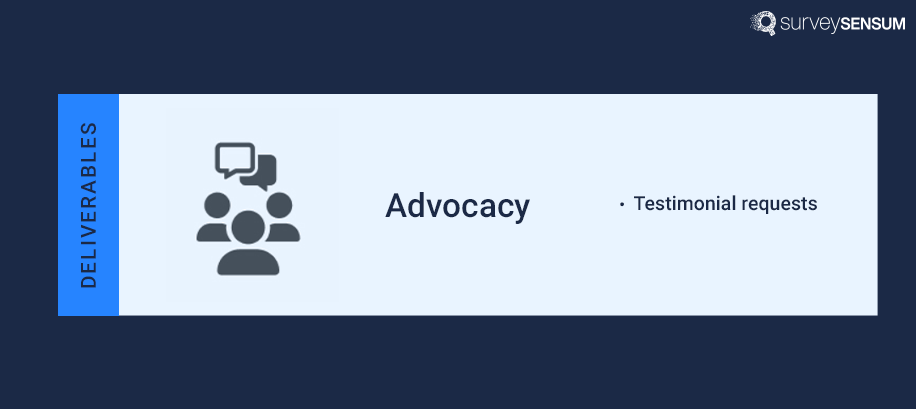
So, there you have it! All the important and practical strategies and tips you can implement to improve the different stages of your customer journey.
Wrapping Up!
In conclusion, the stages of the customer journey from awareness to advocacy are not a linear progression but something that happens in cycles where each stage informs and enriches the others. The strategies outlined in this blog will help you achieve holistic customer engagement – from the initial interactions to the ongoing relationship-building that transforms customers into brand advocates.
But these strategies are half-baked with the integration of a robust customer experience management system like SurveySensum. This tool not only helps you gather customer feedback the right way and at the right time but also helps you analyze and understand your customer’s pain points, expectations, and needs in a comprehensive manner. The tool also comes with the industry-best CX experts who provide end-to-end support so that you can make your CX program a success!






